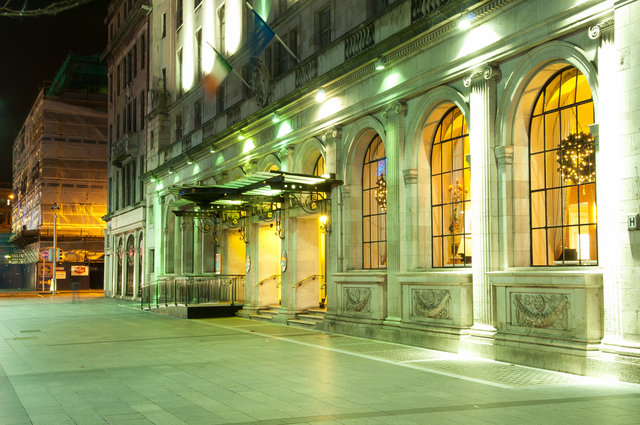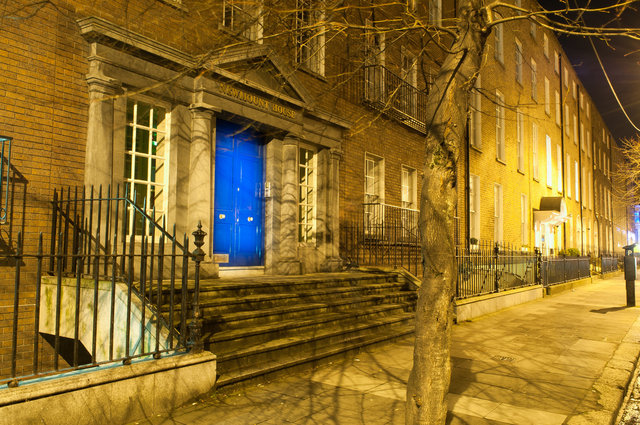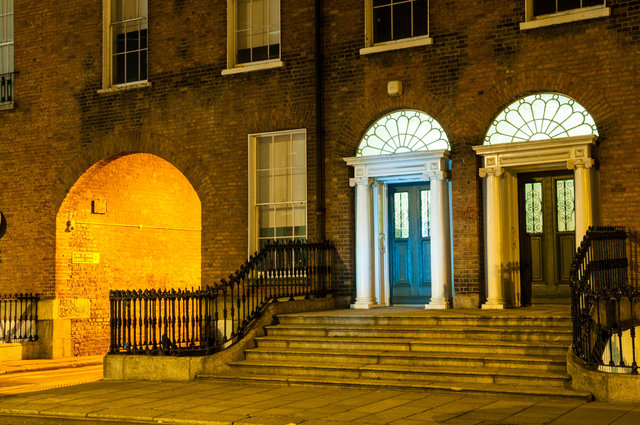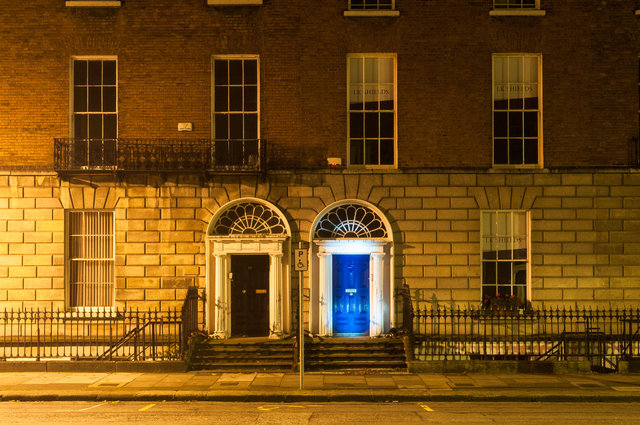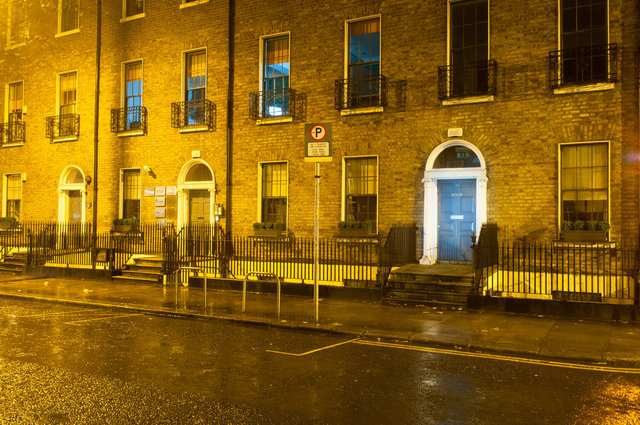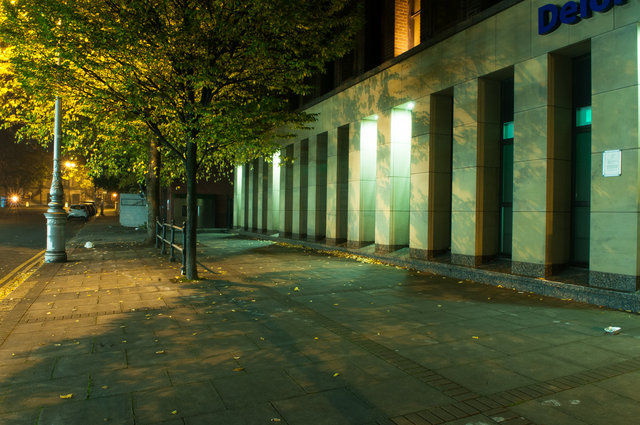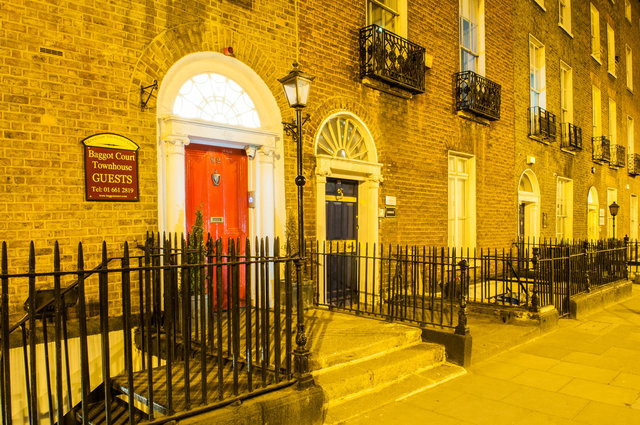Bloody Sunday (21 November 1921)
We are in the period of collective commemoration of the birth of Ireland – ‘the Decade of Centenaries’ – where we look back on the events from 1912 to 1922 and celebrate the landmark events that are the seeds from which the Ireland of today grew. Those ten years of seismic events resulted in Ireland moving from a place where the majority supported the democratic process as the primary means of achieving an independent state – something that was very nearly achieved – to a place where the majority saw no alternative to violence as the means of achieving independence. The consequences of those events still resonate today. This spiral of events culminated in the ‘War of Independence’, and during which there were many extreme acts of violence. Today, ‘Bloody Sunday’ acts of a kind of icon reflecting the many terrible deeds that were perpetrated during the war. When we think of ‘Bloody Sunday’, we think of those who died in Croke Park when the British Army opened fire on the crowd attending a football match. It is lessor known that thirty-four people died that day, and over seventy were injured. Early on the morning of Sunday 21 November 1921, Michael Collins intelligence organisation executed fifteen people in an attempt to deal a fatal blow to the British intelligence service operating in Dublin during the War of Independence. While it is difficult to empathise with some of the victims, the attacks on the morning of Bloody Sunday were not as clinical as it is portrayed: innocent people also died and some people were shot in front of wives and children. The fifteen people were killed in eight central Dublin locations. This work marks the locations of the executions. These were violent times and there were many atrocities on both sides. But behind each atrocity there were victims. The historian Dermot Ferriter said, in the context of that period of Irish history, that there are ‘multiple definitions service, loyalty, suffering and sacrifice’. By focusing on an event where it is difficult for many to have empathy with the victims (after all, many were agents of the Crown), this project encourages viewers to reflect that the act of remembering should be more than partial. History is not simple and there are many perspectives. We must caution against a revisionist or triumphalist narrative in the story of the birth of the Irish nation. (Images made 2016)
Gresham Hotel
Capt MacCormack and Mr L Wilde
22 Lower Mount Street
Lt H Angliss, Aux Cadet F Garniss and Aux Cadet C Morris
28 Upper Pembroke Street
Maj C Dowling, Col H Montgomery and Capt L Price
38 Upper Mount Street
Lt P Ames and Lt G Bennett
119 Lower Baggot Street:
Capt G Baggallay
28 Earlsfort Terrace
Capt J Fitzgerald
92 Lower Baggot Street
Capt W Newbury
117 Morehampton Road:
Capt D MacClean and Mr T Smith

